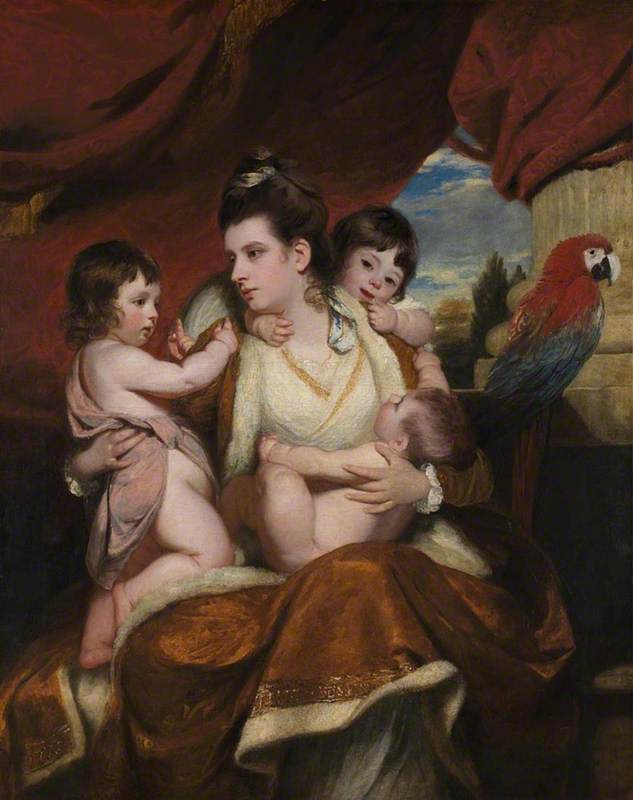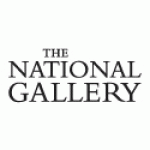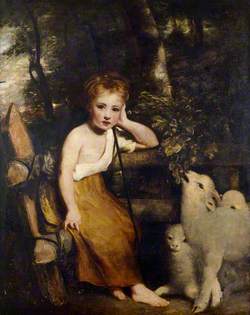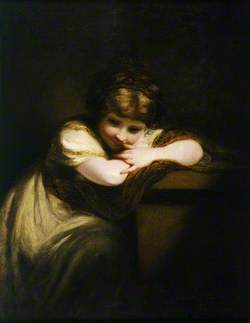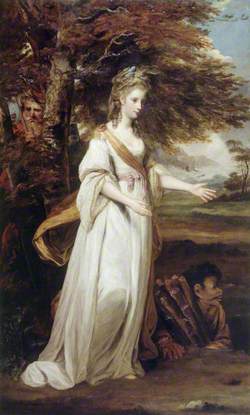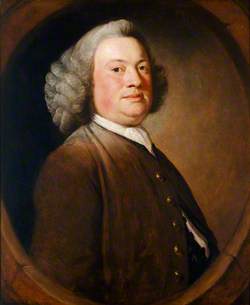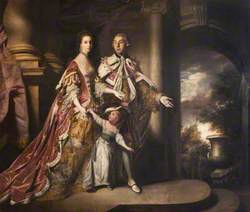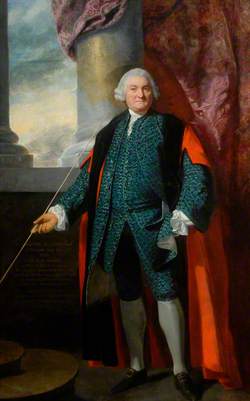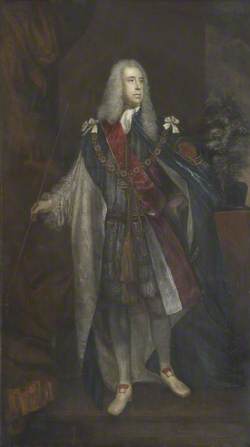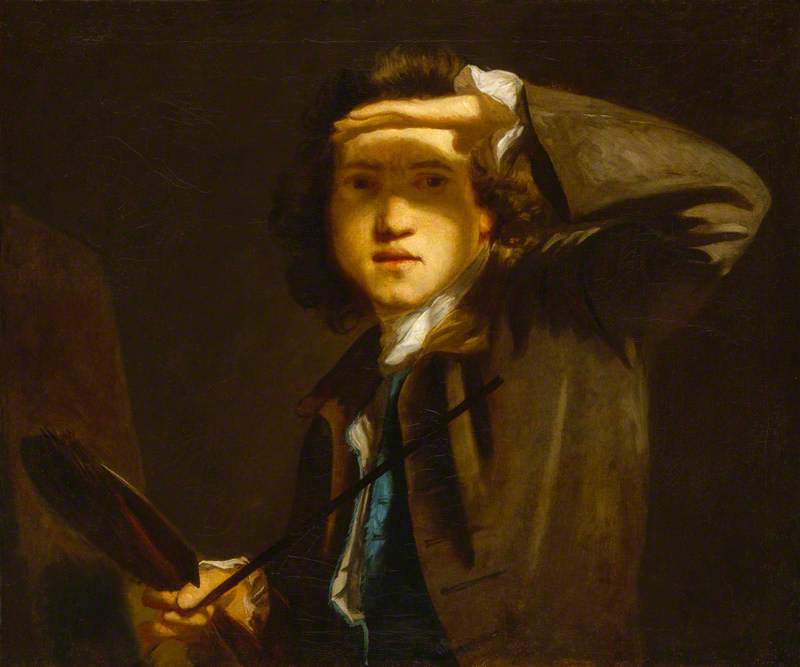How you can use this image
This image can be used for non-commercial research or private study purposes, and other UK exceptions to copyright permitted to users based in the United Kingdom under the Copyright, Designs and Patents Act 1988, as amended and revised. Any other type of use will need to be cleared with the rights holder(s).
Review the copyright credit lines that are located underneath the image, as these indicate who manages the copyright (©) within the artwork, and the photographic rights within the image.
The collection that owns the artwork may have more information on their own website about permitted uses and image licensing options.
Review our guidance pages which explain how you can reuse images, how to credit an image and how to find images in the public domain or with a Creative Commons licence available.
Buy a print or image licence
You can purchase this reproduction
If you have any products in your basket we recommend that you complete your purchase from Art UK before you leave our site to avoid losing your purchases.
Notes
Add or edit a note on this artwork that only you can see. You can find notes again by going to the ‘Notes’ section of your account.
The brightly coloured macaw, painted from life, is probably Reynolds’s own bird, hated by his housemaid but reportedly tame enough to perch on the wrist of his friend, Dr Johnson.
Title
Lady Cockburn and her Three Eldest Sons
Date
1773
Medium
Oil on canvas
Measurements
H 141.5 x W 113 cm
Accession number
NG2077
Acquisition method
Bequeathed by Alfred Beit, 1906
Work type
Painting
